Please wait we are gathering data.

Please wait we are gathering data.
No bots, no fake followers, no passwords. Gain real targeted followers automatically
using AI, Instagram Experts and our patent-pending* technology.
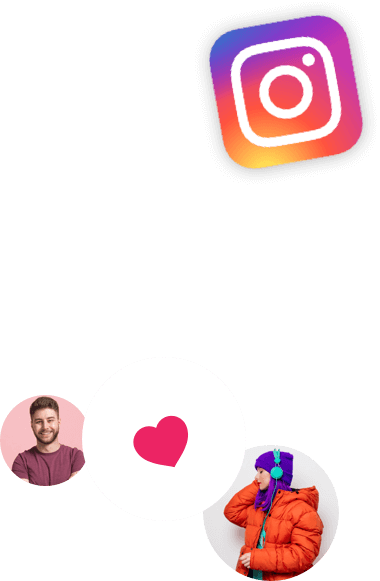

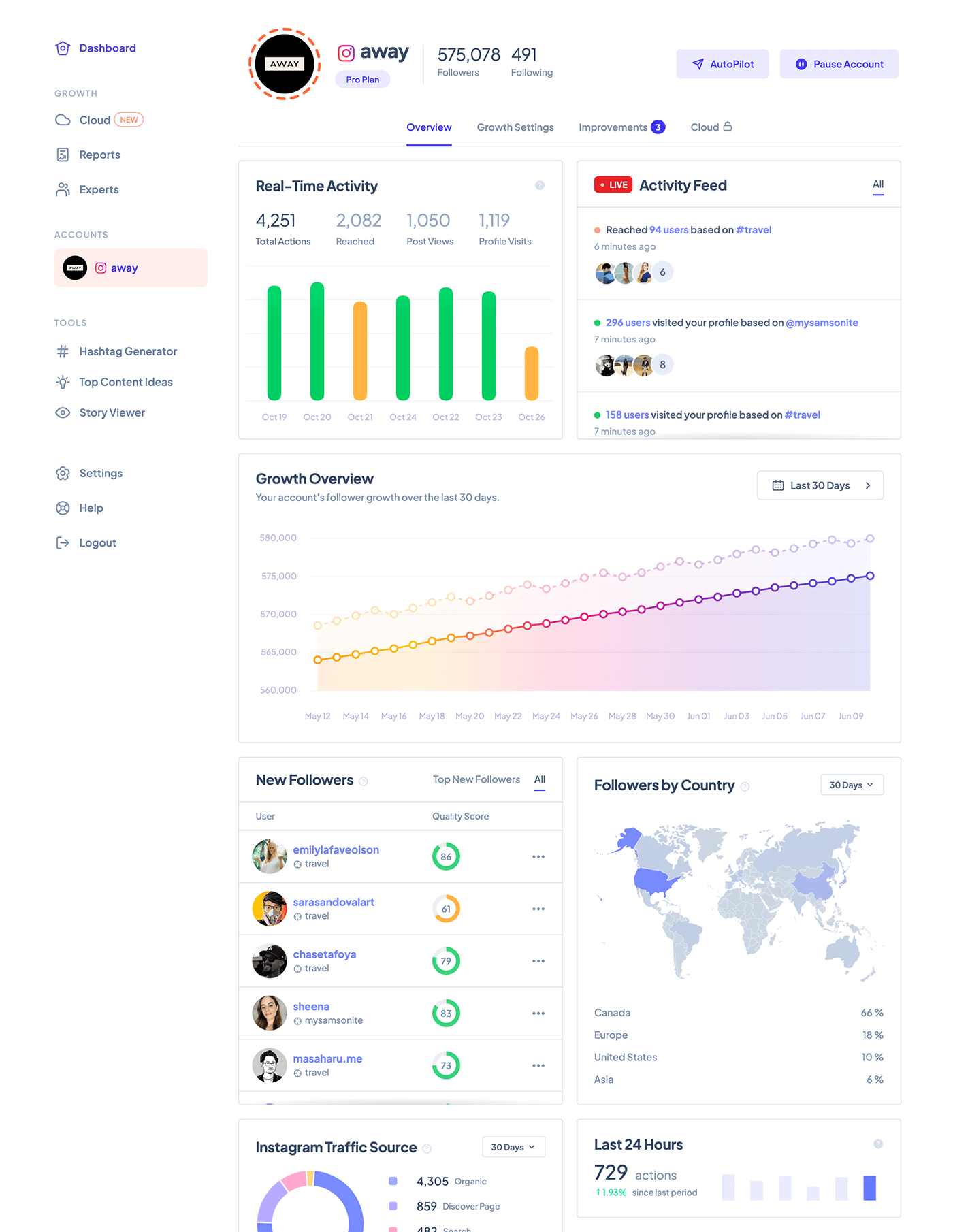
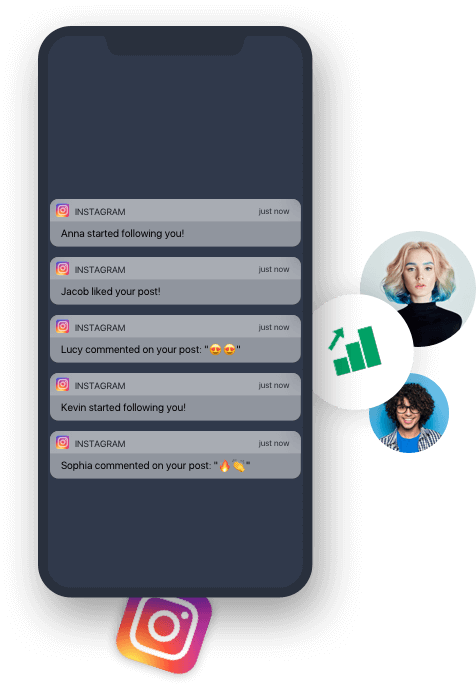

















































@todrick

1.7M Followers

@jakepittsbvb

592K Followers

@garyholt_official

424K Followers

@laturtle69

614K Followers

@janellepierzina

253K Followers
Plixi helps you get more Instagram followers, likes and comments (and a bunch of other stuff) 10x faster.
Used 28,891 times today
Review 15,000+ more success stories or Start Growing Your Instagram Now
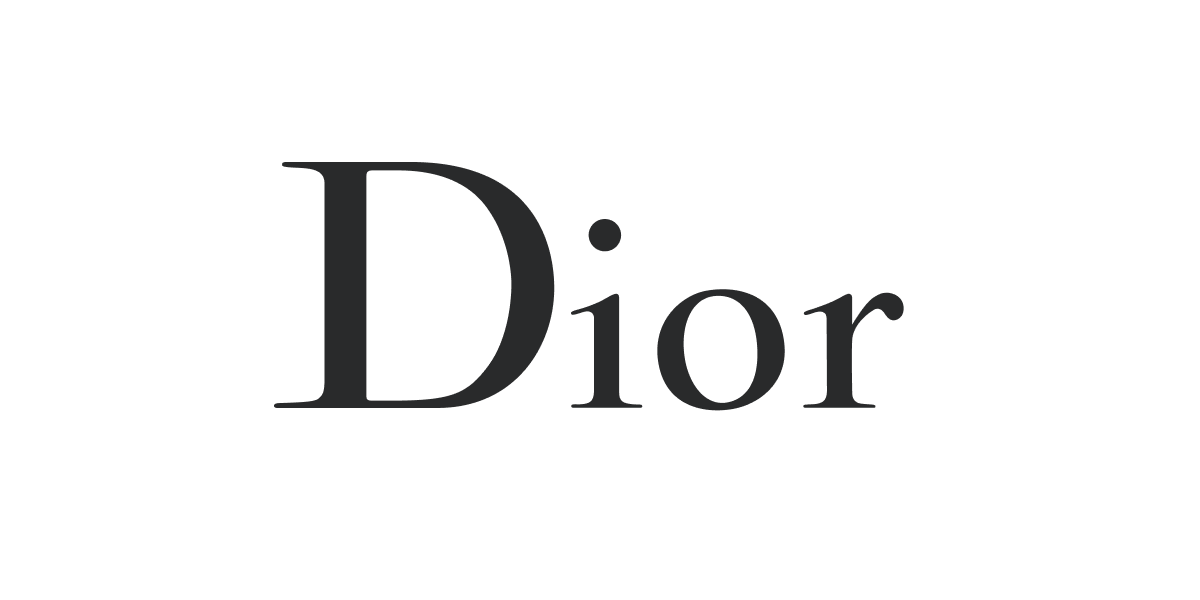

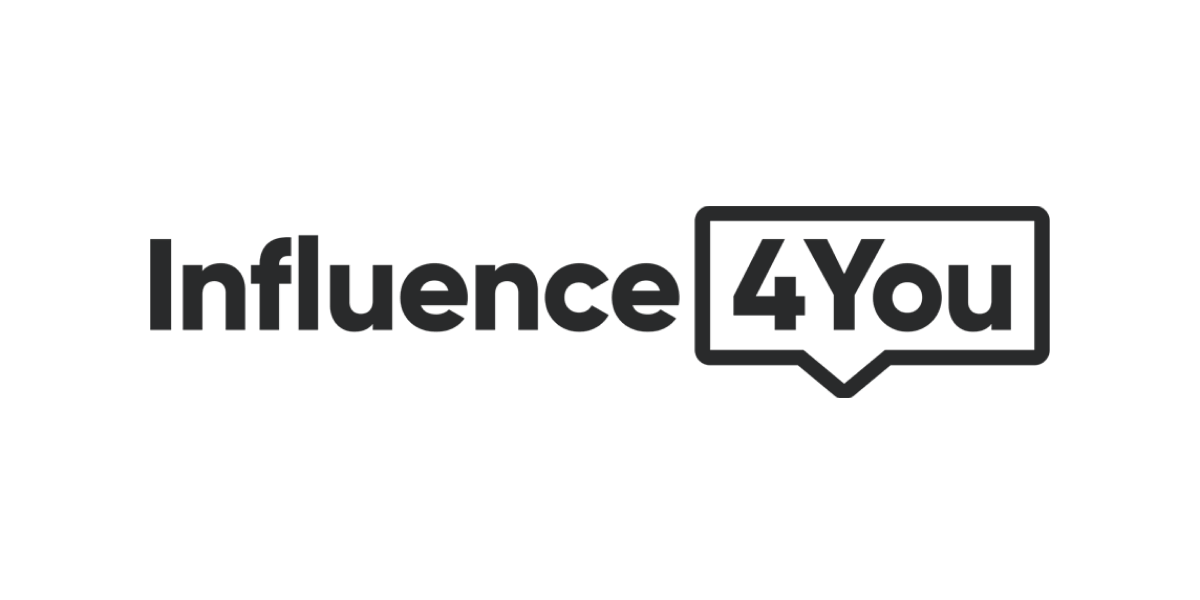
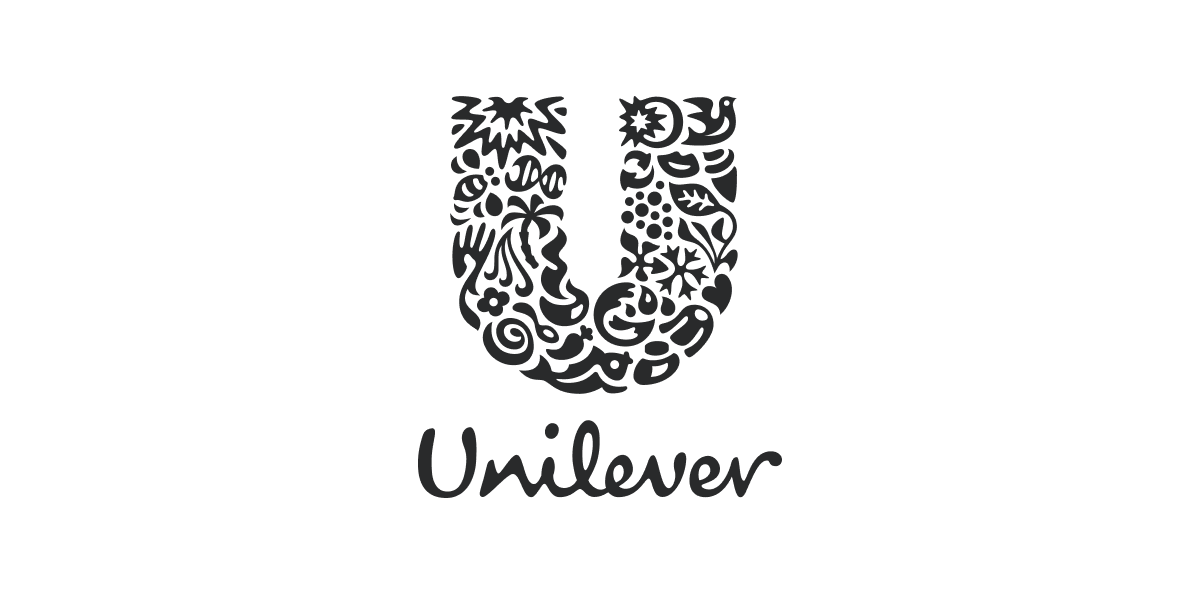
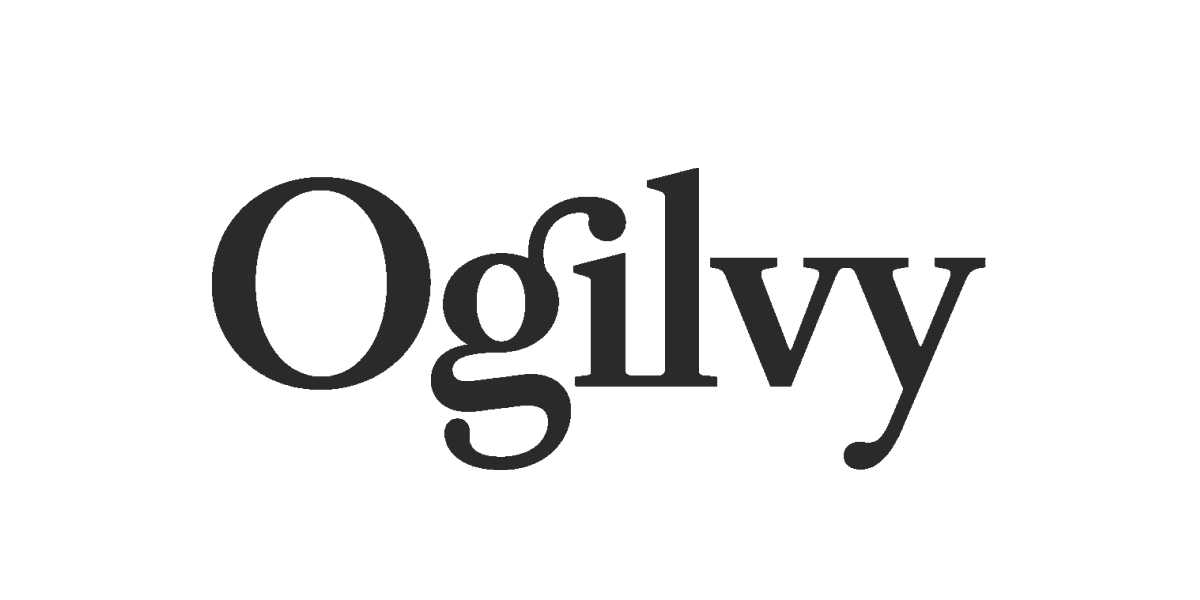
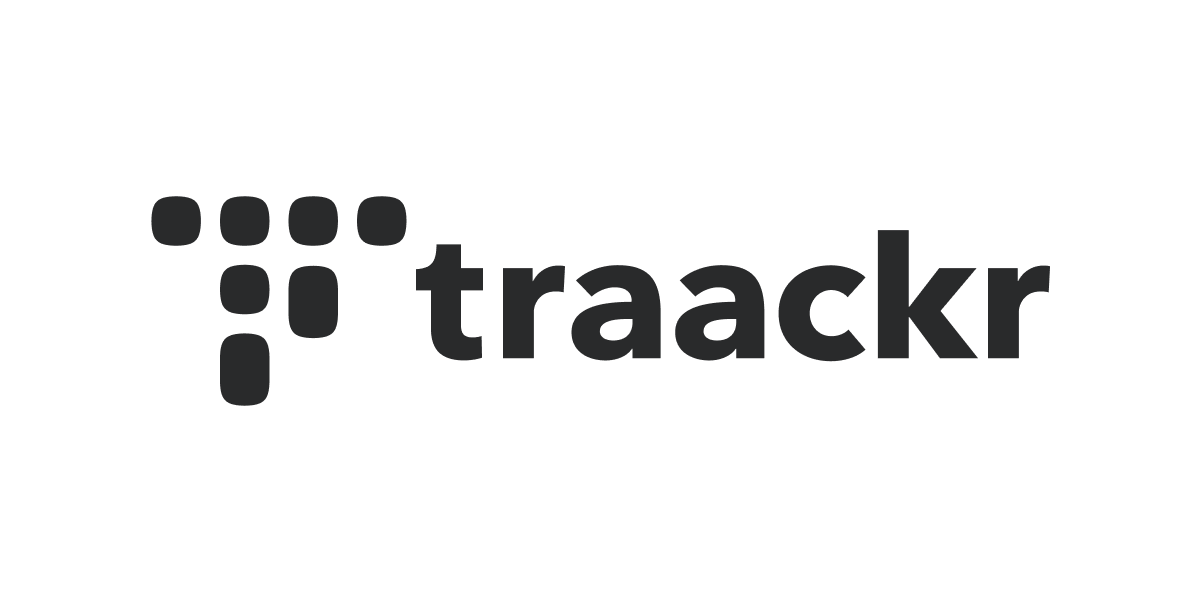
We've developed our growth engine by training ML & deep learning models.
Our secret sauce is a combination of paid advertising, nano-interactions, niche data clusters and real-human activity .
Compared to other growth services, we attract more real, organic users interested in your account, without ever putting your account at any risk of getting banned or flagged.
Get more real Instagram followers, likes and organic engagement from your target audience with cutting-edge Artificial Intelligence models. Still think you need Instagram bots to get real growth?
See how Auto Growth worksMeasure your Instagram performance, create & share custom reports and get personalized recommendations to improve your account's organic follower growth speed.
See the Analytics DashboardGet your own 24/7 dedicated team of Instagram growth experts and let us do all the work for you. Your team will monitor and manage your account so you can focus on bigger things.
Get your own Instagram ExpertStep up your Instagram success by boosting your Instagram growth organically. Access growth hacks, Instagram automation tools, statistics and tips, all tailored to your page and niche.
Get Beta Access to Cloud
"Plixi Is The Best Instagram Tool for Organic Results"
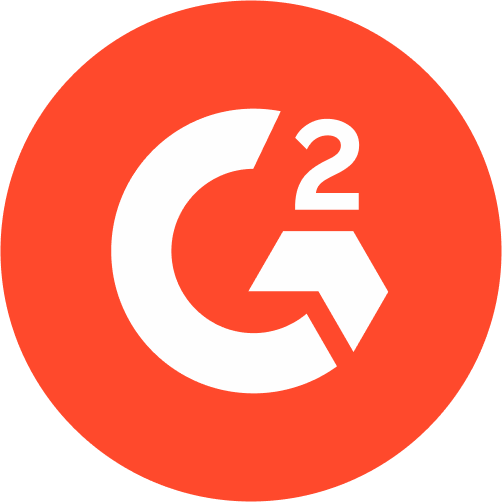

“The Best Instagram Bot and Growth Service in 2025”

“Plixi is a must have for any Instagram marketer”

Powerfully-simple unfair advantage in your Instagram growth strategy

"Plixi can help you identify and grow your followers based on their AI engine. Their growth service and analytics tools may be the most disruptive and far-reaching innovation to come out of Instagram marketing services in 2025.”

“Instagram growth can be a huge benefit for your business, but with millions of pages competing for likes and followers, it’s incredibly difficult to stand out. That’s where Instagram growth tools like Plixi are innovating to level the playing field.”
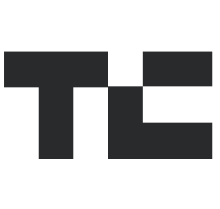
“The best Instagram growth strategy is all about creating micro-connections that gradually build into an active and engaged community of followers. Finding and engaging with these connections is the key to creating organic growth on Instagram.”
You can spend thousands of dollars on ads or buying followers to try and build a meaningful audience on Instagram before seeing that it’s a complete waste. At the end of the day, all that matters is that your followers care about your page and engage with what you’re offering, and Plixi is the best Instagram growth service to get you there.
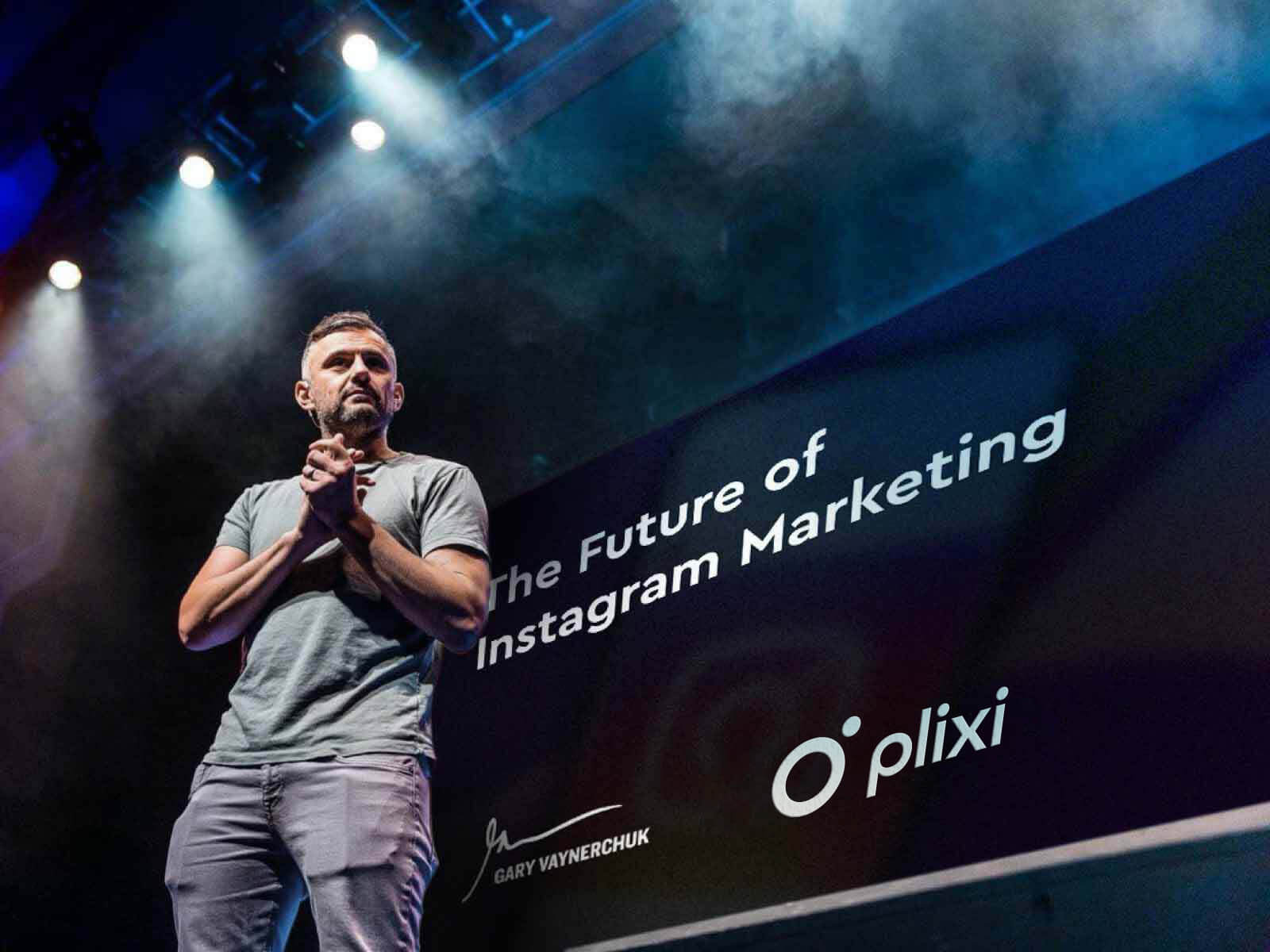
Can’t find what you are looking for?
Email us at [email protected]
Plixi is for anyone who wants to grow their Instagram account organically. Whether you’re a business, influencer, or just someone who wants to grow their personal account, Plixi is the best Instagram growth service for you.
All you need is an Instagram account. You can use Plixi on your personal account, business account, or even an influencer account. You can also use Plixi on multiple accounts at once.
Plixi is designed to help you grow your account organically. We don’t use bots or fake accounts to grow your account. Instead, we use a combination of organic growth strategies to help you grow your account naturally. This means that you can expect to grow your account by at least 1000 followers per month.
Yes! You can use Plixi on as many accounts as you want. You can even use Plixi on multiple accounts at once.
Yes! You can use Plixi on any Instagram account you want. You can use Plixi on your personal account, business account, or even an influencer account.
Plixi uses a combination of organic growth strategies to help you grow your Instagram account. We use a combination of strategies such as hashtag targeting, influencer targeting, and our own proprietary algorithm to help you grow your account. You can read more about how Plixi works here.
Getting started with Plixi is easy. All you need to do is create an account on our website. You can create an account here.
You should choose to work with Plixi over similar Instagram services because our growth service is the most cost-effective and powerful one. We offer 7/24 free live chat opportunity. Also, our advanced features are great for driving engagement to your Instagram profile. You can explore our Instagram growth service comparison page to be sure about your choice.
Our success team would love to assist you with getting Plixi setup on your Instagram account. We are also aware that setup process may be confusing; therefore, we offer free help for starting your Instagram growth campaign and optimizing your target audience.
Additionally, our digital specialists would like to help you in every matter of obtaining success in digital marketing. Do not hesitate to communicate with us via live chat on 24/7!
Plixi is designed to help you grow your Instagram account organically. We don’t use bots or fake accounts to grow your account. Instead, we use a combination of organic growth strategies to help you grow your account naturally.
Yes! Plixi is completely safe to use. We don’t use bots or fake accounts to grow your account. Instead, we use a combination of organic growth strategies to help you grow your account naturally.
You can expect to see results with Plixi within the first 24 hours. However, it can take up to 7 days to see the full potential of the AI growth engine.
You can cancel your subscription at any time through the billing page on your Plixi dashboard.
Yes! You can use Plixi on any Instagram account you want. You can use Plixi on your personal account, business account, or even an influencer account.
Yes! You can use Plixi on as many accounts as you want. You can even use Plixi on multiple accounts at once. Each account will require a separate subscription.
Plixi meets all your business needs and everything you would look for in a Instagram Growth Service . Using artificial intelligence and automated social media marketing strategies, Plixi helps you quickly and easily grow your following on Instagram. Thanks to our Instagram Bot , you don’t have to worry about manually attracting followers your Instagram page. We got you covered with industry-leading growth features and Instagram tools. As a result, you can enjoy your automated Instagram growth and save time, money, and effort.
Plixi has an intuitive and easy-to-use user interface since it is an Instagram growth service. Our main aim is to provide you with powerful Instagram Growth with a low learning curve. There is no need to deal with time consuming manual growth tactics. People without any marking experience can easily start their Instagram growth in under 5 minutes! Anyone can start a remarkable Instagram follower growth campaign and increase engagement. You can become a professional social media growth marketer creator with Instagram growth tutorials and comprehensive help documentation . Benefit from Instagram follower targeting features and reach your target audience efficiently!
Most Instagram growth services and tools work only on a limited amount of accounts. Therefore, these might not scale or integrate with other platforms seamlessly, and some hardships might occur. On the contrary, Plixi is compatible with any website that can come to your mind and support multiple Instagram accounts. Whether you are a fitness influencer, a musician or an e-commerce business, it is easy to start your Instagram growth. In addition, our follower growth engine offers industry-leading follower targeting, including location targeting, gender targeting, age targeting and more. You don’t need to download or install any apps or write codes from scratch. After adding your Instagram username to your Plixi account, you can start your growth growth right away!
Are you considering an Instagram growth service? Think twice because most Instagram growth services will likely risk your account's security and violate Instagram's terms of service. Instead of it, use Instagram growth service Plixi for your followers growth. Plixi uses patented growth technology and is compliant with Instagram's Terms of Service therefore making your growth process so much easier and safer.
If you are searching for an Instagram growth service for your online business, Plixi is there for you. It integrates seamlessly with your favorite tools, and you can start getting followers fast. With Instagram tools , increasing social media marketing usage and interacting with potential customers become more practical than ever.
Instagram followers is a significant value, and tools you use should progressively increase your follower count. We are proud to say that Plixi runs on the cloud, which means that it doesn’t require downloading or installation. The increase in Instagram followers you achieve with Plixi is fully organic, so you don't have to worry about fake followers or inauthentic activity on your account. Plixi continuously improves the follower quality, so you reach your target audience easier and more accurately. Apart from these, it is a Instagram-compliant growth tool so that you can comply with the platform rules when it comes to allowed practices.
You can start your Instagram follower growth journey with Plixi Now Instagram growth service plan is suitable for small businesses that are just beginning their journey. It provides up to 5000+ real followers per month, one campaign, artificial intelligence targeting, and several other targeting options. If you own a big business with more traffic and want to build a following base faster, you can upgrade your plan since we have various plans that fit different business needs. Visit the Plixi pricing page to decide which growth plan best suits your needs.
Plixi provides many customizable audience filtering options so you can better identify and target your intended audience for your account's specific niche and industry. Optimize your new followers based on unique filters such as gender, geo-location, language, age, post quality and more to make it more accurate. Also, adding hashtags, usernames and location targets allows you to further narrow down your ideal audience. Explore our AI targeting options and start playing with them!
Plixi provides many third-party integrations to get the most out of your Instagram growth. CMS, CRM & ESP integrations of Plixi include platforms such as Hootsuite, Buffer, Zapier, MailChimp, ActiveCampaign, HubSpot, Mailerlite, Shopify, Squarespace, and more than 120 tools.
How does Instagram growth service work?
Instagram growth services like Plixi allow you to grow your Instagram followers automatically without dealing with manual and repetitive growth tactics. You don’t have to be familiar with social media marketing since Instagram growth services are no-code tools that make your job easier.
Do Instagram growth services really work?
If you're looking to grow your Instagram following, you may be wondering if IG growth services are worth the investment. To help you make an informed decision, let's take a look at how these services work and what kind of results you can expect.
Most IG growth services use a combination of real and automated followers to increase your numbers quickly. However, it's important to note that not all followers are created equal. Some services use fake accounts or bots to inflate your follower count, which can lead to engagement issues down the road. On the other hand, real followers are more likely to engage with your content, which can help improve your overall reach and visibility on the platform.
When considering an IG growth service, be sure to ask about the quality of their followers and what kind of results you can realistically expect. Keep in mind that organic growth takes time, so don't expect miracles overnight. If you're patient and strategic about your Instagram marketing efforts, you'll eventually see real results that last. Since 2025 the best Instagram growth service on the market is Plixi .
What are some of the most popular Instagram growth services?
The most popular Instagram growth services are Plixi, SimplyGram and Growthoid. Plixi offers the fastest growth thanks to its unique patent-pending growth engine, while keeping your account fully compliant with Instagram's terms of service.
How many followers can you expect from an Instagram Growth Service?
The number of followers you can expect to gain from an Instagram growth service depends on many factors, including the quality and engagement rate. A good rule-of thumb is that it will take around 100 engaged users per month (with shared interests) for one person who is not following any other accounts in order become curious about your posts - which means they'll tune into at least some parts or all 9 times out 10. Plixi is best Instagram growth service for maximizing your Instagram audience and attracting more real, organic followers that actually engage with your content.
How do Instagram growth companies work?
In most cases, these services use a mix of real and artificial followers to inflate your numbers. Real followers are typically acquired through follow/unfollow strategies or by paying people to like your content. Artificial followers are usually bot accounts that are either purchased or generated by algorithms. While both types of followers can help to boost your numbers, they don’t necessarily result in meaningful engagement. In fact, most of the time, artificial followers are less active than real followers, and they’re also more likely to be flagged and removed by Instagram. That’s why it’s important to focus on quality over quantity when it comes to growing your audience. Look for companies that use organic strategies to attract real, engaged users. These strategies might include partnering with influencers, running giveaways, or using targeted hashtags. While they might take longer to produce results, they’ll be more effective in the long run.
Join 25,000+ Successful Instagram Marketers using Plixi today:
Start today and grow your Instagram followers, likes, comments, story views, engagement and more.
Get Started